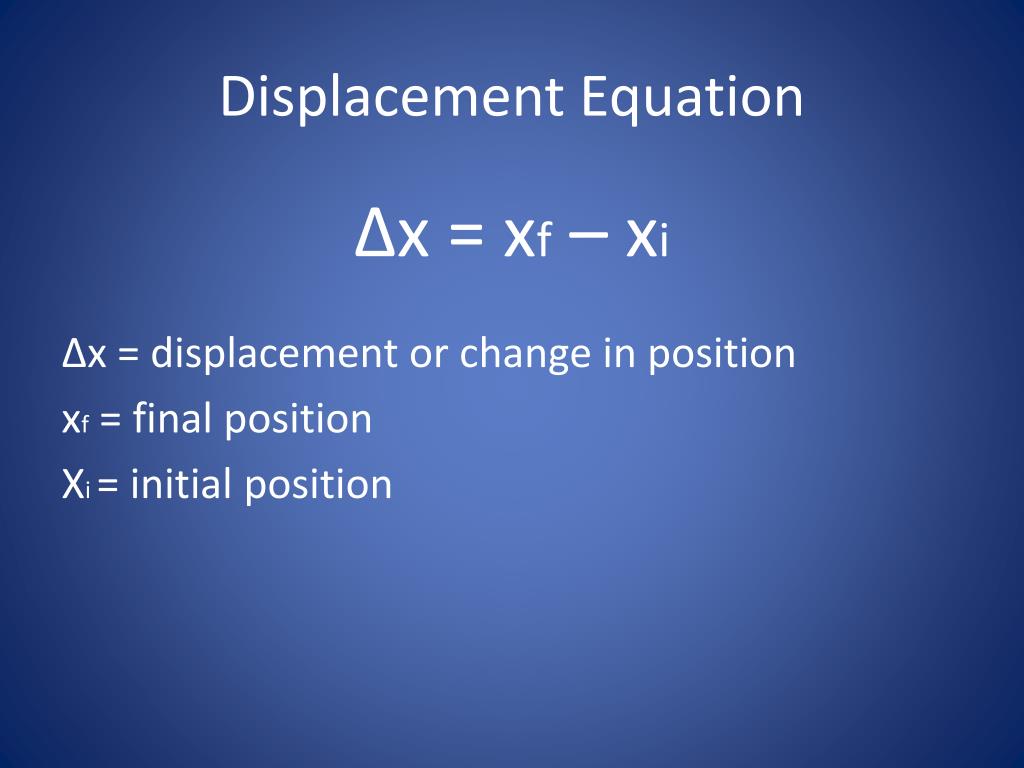

Now the particle has higher probability to be found near $x=0$ than far from it, in contrast to a free particle which spreads throughout the entire volume.

Because we make sure to make it deep, we still keep its effects on whatever comes near it.Ī particle can be "trapped" in the sense that any finite potential well can trap a particle - it has a probability to be found outside the well, as its the wave function decay exponentially outside the well for $E<0$. Note, that even though the width of the delta function is zero, it still has effect as it has non-zero measure $\int\! dx \delta(x) = 1$, which is quite obvious from the limit process that we introduced. A nice thing here is that there are many different limit processes that can lead all to the same result, which is a very general expression of the potential as $\lambda\delta(x)$. Forward kinematics functions gets ( theta1, theta2, theta3) and returns ( x0, y0, z0).I think that a helpful way to think of delta potential (and maybe on the delta function in general) is through a limit process: we start with a finite square well of width $a$ and depth $U=\lambda/a$, and ask ourselves "what happens when we take $a\to 0^+$?" This can happen when we are interested, for example, in scales that are much larger than the width of the well, so we want to somehow make an approximation to zeroth order in $a$, but still keep the effects of the well. To solve inverse kinematics problem we have to create function with E0 coordinates ( x0, y0, z0) as parameters which returns ( theta1, theta2, theta3). Joint angles are theta1, theta2 and theta3, and point E0 is the end effector position with coordinates ( x0, y0, z0). The platforms are two equilateral triangles: the fixed one with motors is green, and the moving one with the end effector is pink. To be more formal, let's look at the kinematic scheme of delta robot. to make some corrections of its current position). The process of such determining is known as inverse kinematics.Īnd, in the second place, if we know joint angles (for example, we've read the values of motor encoders), we need to determine the position of the end effector (e.g. First, if we know the desired position of the end effector (for example, we want to catch pancake in the point with coordinates X,Y,Z), we need to determine the corresponding angles of each of three arms (joint angles) to set motors (and, thereby, the end effector) in proper position for picking. If we want to build our own delta robot, we need to solve two problems. Due to its speed, delta robots are widely used in pick-n-place operations of relatively light objects (up to 1 kg). To get an evidence of delta robots outstanding abilities, take a look at this and this video. This equation is applicable when the final velocity v is unknown.

When typical robot arm has to move not only payload, but also all servos in each joint, the only moving part of delta robot is its frame, which is usually made of lightweight composite materials. Adding and results in the equation results in the equation +. The core advantage of delta robots is speed. You can find more detailed description of delta robot design in the corresponding Wikipedia article. The motors (3) set the position of the arms (4) and, thereby, the XYZ-position of the end effector, while the fourth motor (11) is used for rotation of the end effector. The platforms are connected through three arms with parallelograms, the parallelograms restrain the orientation of the lower platform to be parallel to the working surface (table, conveyor belt and so on). The delta robot consists of two platforms: the upper one (1) with three motors (3) mounted on it, and smaller one (8) with an end effector (9).


 0 kommentar(er)
0 kommentar(er)
